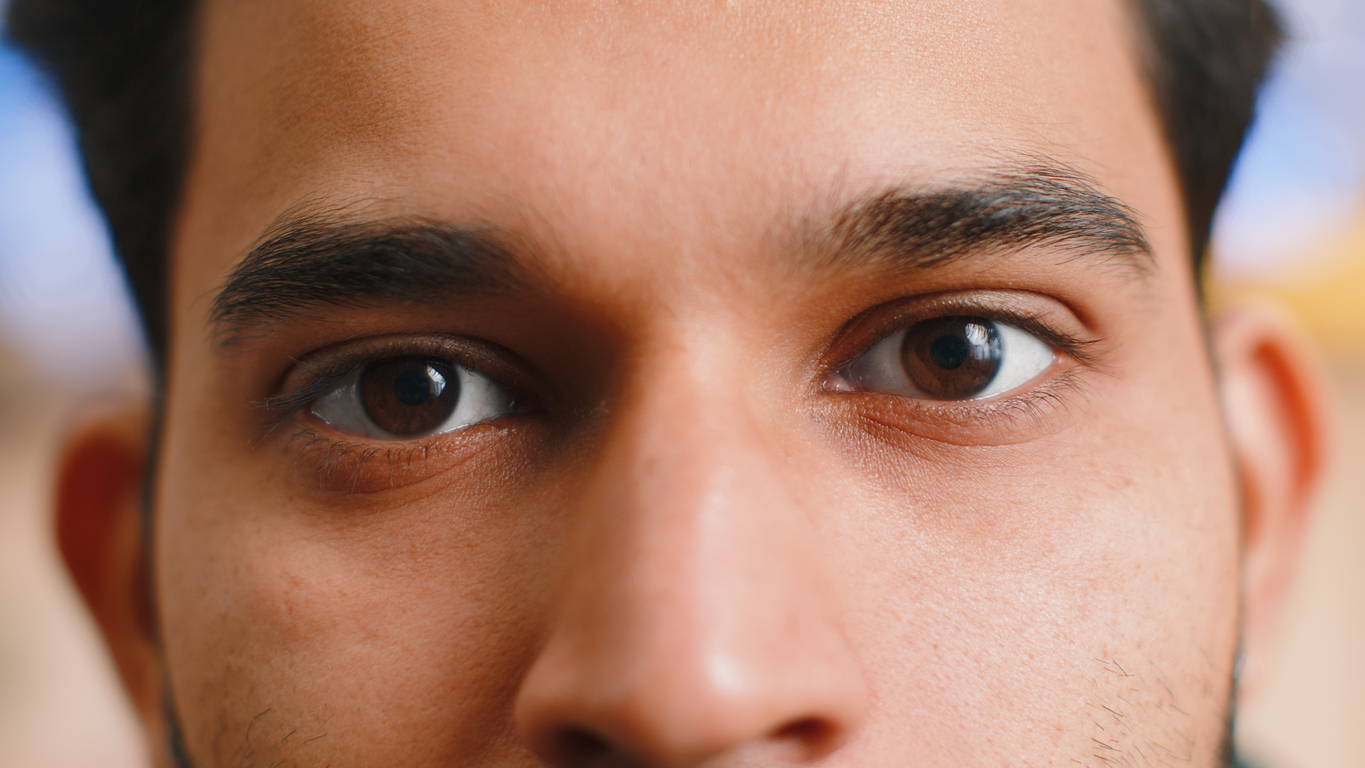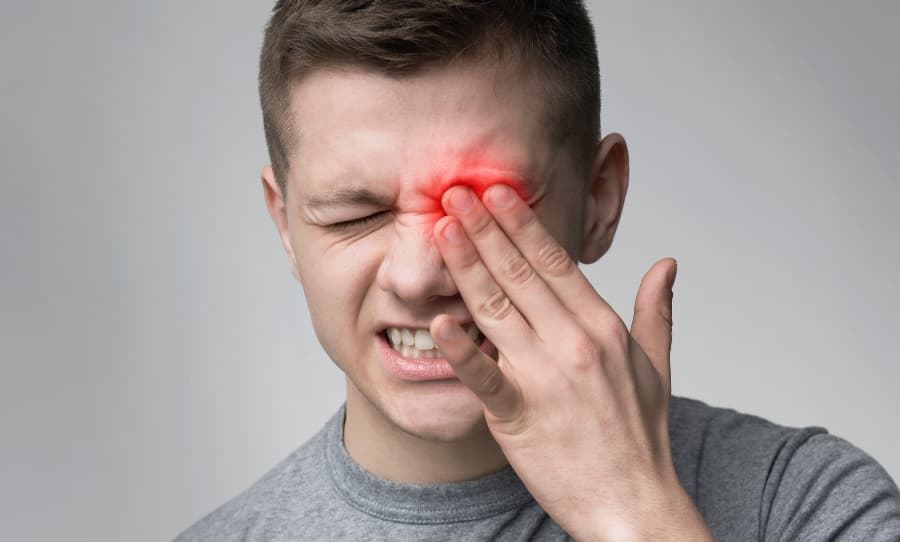What Is Vision Therapy?
People of all ages struggle with vision, focus, and eye control. Decreased vision performance can lead to lower self-esteem and difficulties performing daily tasks. Vision therapy may be recommended if a patient needs to develop, improve, and enhance visual performance.
The doctors at Savedoff, Ciccone & Davis, Doctors of Optometry, P.C. specialize in this branch of optometry for patients in the Manlius and Syracuse, NY, areas. Here, we detail what vision therapy is and who can benefit from this advanced service.
About Vision Therapy
The eyes are complex sensory organs responsible for several important jobs. Since the brain lacks sensory capabilities, it relies on the eyes. Working together, a person’s eyes capture visible light from their surroundings, which the brain then translates into images to create a sense of vision. Any disruption in this process can lead to a range of vision-related concerns.
Vision therapy is a non-invasive, personalized program that helps correct these concerns through a sequence of neurosensory and neuromuscular exercises. It is performed under the supervision of an optometrist. The goal of vision therapy is not to strengthen the eyes, as they are often already strong. Instead, vision therapy regimens aim to:
- Improve visual skills and abilities
- Enhance visual comfort
- Change visual processing or understanding of visual information
To achieve the desired results, doctors will use various techniques and instruments through vision therapy programs. Lenses, prisms, filters, occluders, specialized instruments, and computer programs are essential components of optometric vision therapy.
Who Can Benefit From Vision Therapy?
Research shows that vision therapy is an effective treatment for several vision-relation conditions. These include:
Strabismus
Strabismus, more commonly known as crossed eyes, is a vision condition in which a person’s eyes look in two different directions. The inability to align both eyes simultaneously happens when one or both eyes turn in, out, up, or down. Strabismus can be constant or occur only sometimes, such as under stressful scenarios.
Amblyopia
Also known as lazy eye, amblyopia occurs when the nerve pathways between the brain and an eye are not properly stimulated. This results in the brain favoring one eye over the other, creating poor vision. This condition most often develops from birth to age seven and is the leading cause of decreased vision among children.
Convergence Insufficiency
Convergence insufficiency is a vision disorder that affects both eyes’ ability to turn inward to focus on a nearby object. This can cause patients to experience blurry or double vision when looking at objects up close.
Oculomotor Dysfunction
Oculomotor dysfunction is a common eye problem in which individuals struggle to accurately follow a moving object or quickly shift their eyes from one point of fixation to another. This condition occurs when the muscles around the eye that control eye movement are not properly coordinated. This can be due to several causes, including slow development or diseases of the central nervous system.
Visual Perception Dysfunction
Visual processing refers to one’s ability to analyze and interpret visual input. When the brain struggles to process visual information, it is a visual processing disorder. This condition can cause developmental lags, leading to difficulties for children in school.
Other conditions treated with vision therapy include:
- Double vision
- Eye fatigue
- Difficulties focusing
- Hand-eye coordination trouble
- Eye teaming
- Head trauma, stroke, concussion, or brain injury
Certainly, any child who is not performing up to their academic or reading potential should be considered for a vision therapy evaluation. Vision therapy does not train reading skills, however, it can eliminate deficits in visual skills that contribute to reading delays. It’s important to note that vision therapy does not correct refractive errors, such as nearsightedness (myopia), farsightedness (hyperopia), astigmatism, and presbyopia. Patients with these ocular diseases may require eyeglasses, contact lenses, and other treatments.
Our Vision Therapy Services
Vision therapy at Savedoff, Ciccone & Davis, Doctors of Optometry, P.C. begins with a comprehensive eye health examination. Doctors carefully inspect all aspects of eye health, vision, and visual skills. Our eye health team uses this information to create personalized vision therapy programs for each patient.
The exact exercises patients will be asked to perform depend on their specific conditions and goals. The eye care team at Savedoff, Ciccone & Davis, Doctors of Optometry, P.C. provides vision therapy services to patients of all ages.
Call Today About Vision Therapy
If you believe you could benefit from vision training under the supervision of trained doctors, turn to the team at Savedoff, Ciccone & Davis, Doctors of Optometry, P.C. We use the latest eye health advancements and instruments to provide our patients with top-quality care. Vision therapy is available at both our office locations in Manlius and Syracuse, NY. To learn more about vision therapy and whether it’s the right treatment option for you, contact us today.



